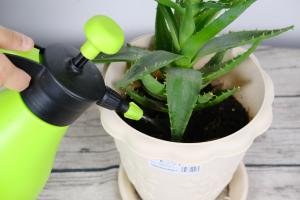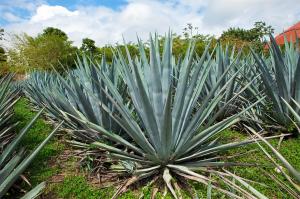Why My Tomato Plants Leaves Turning Yellow
Introduction
Tomatoes are one of the most popular vegetables to grow in home gardens. They are not only delicious, but also packed with nutrients. However, sometimes tomato plants can encounter problems, and one of the most common issues is yellowing leaves. In this article, we will discuss the reasons why tomato plant leaves turn yellow and what you can do to prevent it from happening.
Nutrient Deficiency
One of the main reasons why tomato plant leaves turn yellow is due to nutrient deficiency. If your tomato plant lacks nutrients such as nitrogen, magnesium, or iron, it can cause the leaves to turn yellow. Nitrogen deficiency is the most common cause of yellowing leaves in tomato plants. Nitrogen is essential for the growth and development of plants and is necessary for the formation of chlorophyll, which gives plants their green color. When nitrogen levels are low, the leaves will start to turn yellow, first starting with the oldest leaves.
If you suspect that your tomato plant is suffering from a nutrient deficiency, you can add fertilizers to your soil to provide your plants with the necessary nutrients. Make sure to follow the instructions on the fertilizer label and not over-fertilize, as it can cause problems such as burning of the roots.
Diseases and Pests
Another reason why tomato plant leaves turn yellow is due to pests and diseases. Common pests that attack tomato plants include mites, aphids, and whiteflies. These pests can damage the leaves and cause them to turn yellow. Diseases such as early blight and yellow leaf curl virus can also cause yellowing leaves in tomato plants.
If you suspect that your tomato plant is suffering from pests or diseases, you can use organic methods to control and prevent them. Neem oil and insecticidal soap can help control pests, while removing infected leaves and practicing crop rotation can help prevent diseases from spreading.
Overwatering and Underwatering
Overwatering and underwatering can also cause tomato plant leaves to turn yellow. Overwatering can lead to root rot, which can cause the leaves to turn yellow and wilt. On the other hand, underwatering can cause the plant to become stressed, leading to yellowing leaves.
To prevent overwatering, make sure your soil has good drainage and water your plants only when the top inch of soil feels dry. To prevent underwatering, monitor your plants for signs of stress and water them more frequently during hot and dry weather.
Conclusion
Yellowing leaves on tomato plants can be a sign of several problems, including nutrient deficiency, pests and diseases, and overwatering or underwatering. By identifying the cause of the problem and taking the necessary steps to correct it, you can ensure your tomato plants remain healthy and productive. Remember to always monitor your plants and respond quickly to any signs of trouble. By doing so, you can enjoy a bountiful harvest of delicious and healthy tomatoes.

 how many times do yo...
how many times do yo... how many planted tre...
how many planted tre... how many pine trees ...
how many pine trees ... how many pecan trees...
how many pecan trees... how many plants comp...
how many plants comp... how many plants can ...
how many plants can ... how many plants and ...
how many plants and ... how many pepper plan...
how many pepper plan...































